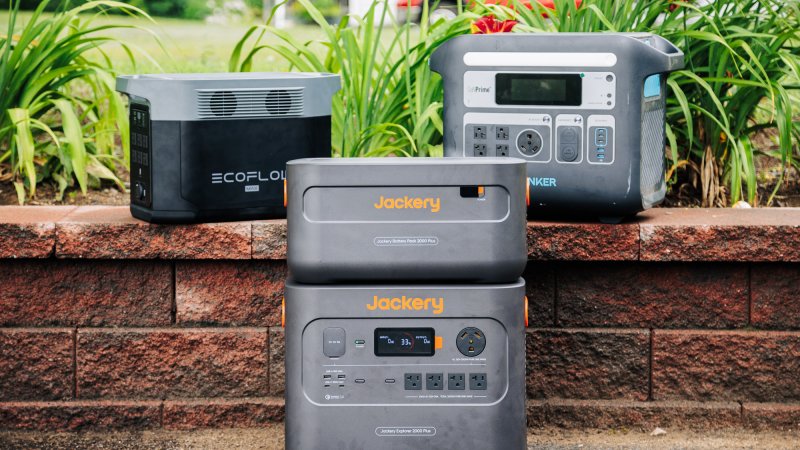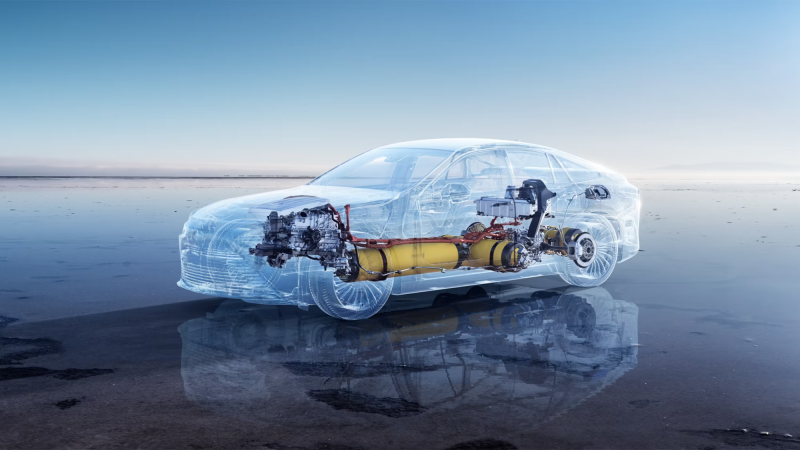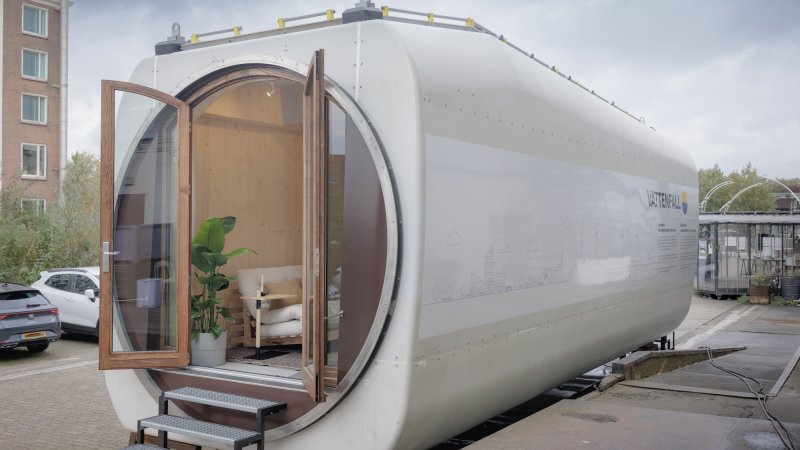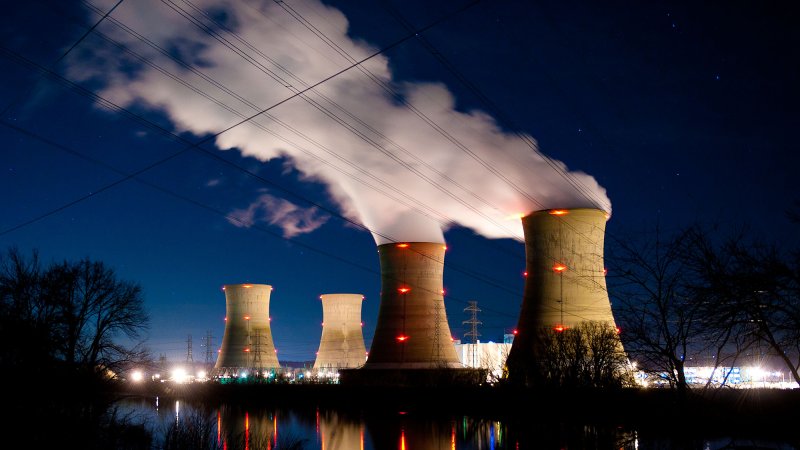Energy
The changing face of how we power our cars, homes, and lives—from our reliance on fossil fuels to a renewable-energy future.
Explore Energy
Latest in Energy
Get the Popular Science newsletter
Breakthroughs, discoveries, and DIY tips sent every weekday.
By signing up you agree to our Terms of Service and Privacy Policy.



















